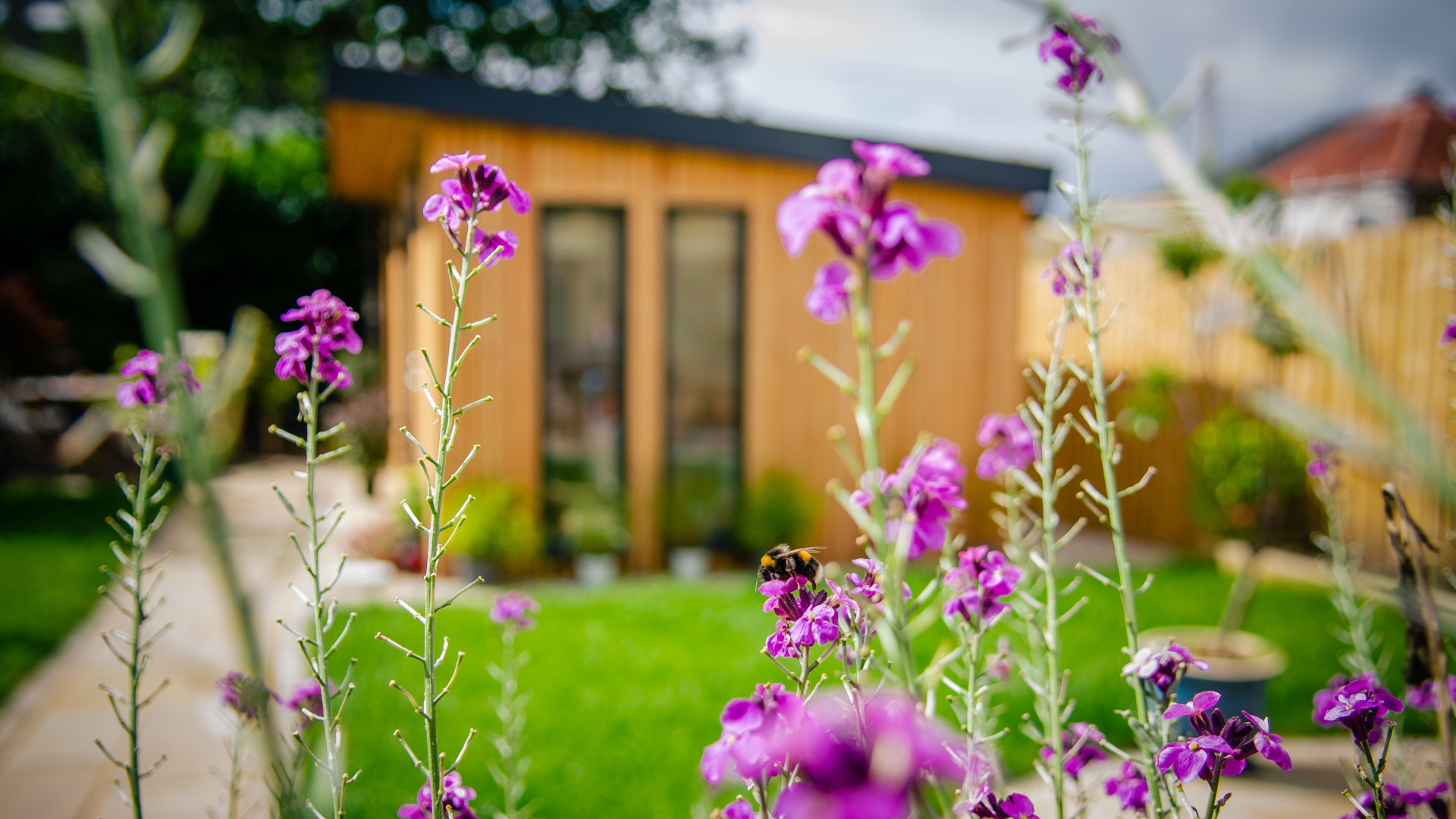Top tips for supporting biodiversity in your garden
3 Nov 2025
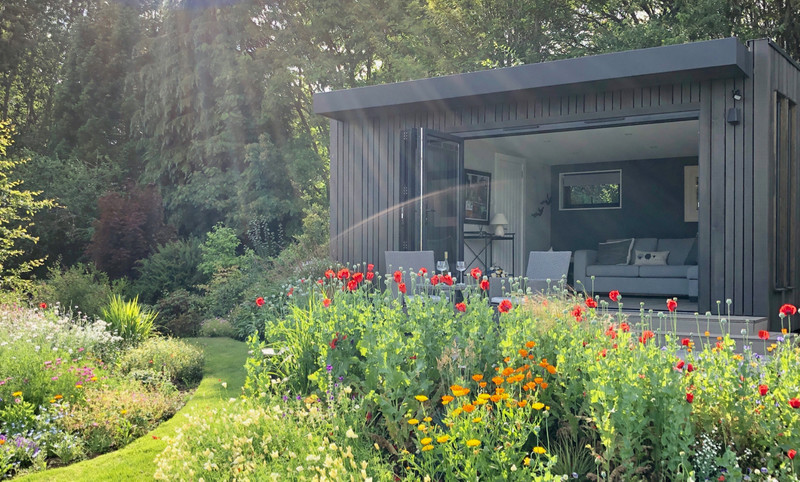
Few things are as rewarding as creating a garden that teems with life. By giving birds, bees, butterflies and hedgehogs a safe space to thrive, you can help to build a balanced, flourishing ecosystem right outside your door. Whether you’ve got a sprawling lawn or a small patio area, there are lots of simple ways to encourage biodiversity.
Why is biodiversity in the garden important?
We’ve seen a significant decline in biodiversity in the UK. Shockingly, species have declined on average by 19% since 1970. Much of the decline has been caused by climate change and the monoculture we see on our farmland.
That’s why every bit we can do in our own gardens to encourage diversity helps. This includes everything from soil microbes and pollinators to shrubs, trees and mammals. Supporting biodiversity helps:
-
Pollination: bees, butterflies and hoverflies ensure plants and crops can reproduce.
-
Pest control: natural predators like ladybirds and hedgehogs reduce the need for chemicals.
-
Resilience: diverse gardens cope better with changing weather conditions.
-
Wellbeing: a garden full of birdsong, colour and movement brings joy and reduces stress.
How to support biodiversity
1. Ban the mower and seed a wildflower meadow
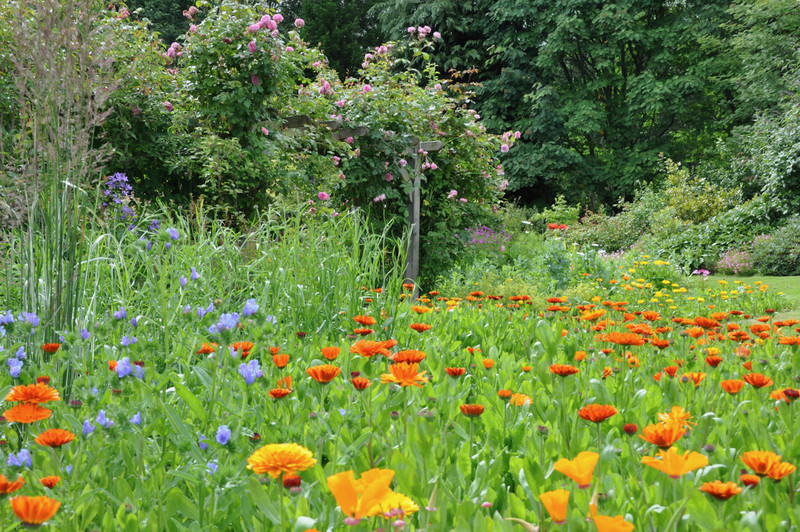
The thought of turning over your entire garden to wildflowers may leave you a little dry in the mouth, but there is a way you can have the best of both worlds. By designating an area of grassland, perhaps a rectangle down the middle of your garden, you can support a huge number of pollinating insects and other animals. Mowing less often - even one cut per month in summer - can make a big difference.
Sewing a wildflower meadow takes no skill at all. The growing season is different for each flower, but get the seeds planted by June and you’ll soon have a garden full of colour and life.
2. Plant a variety of flowers and shrubs
The more diverse your planting, the more species you’ll attract. Choose a mix of:
-
native plants like foxgloves, lavender and primroses that local wildlife already recognises.
-
pollinator-friendly blooms that provide nectar throughout the year – early snowdrops, summer buddleia, and late-flowering sedum are great options.
-
shrubs and trees such as hawthorn, rowan and crab apple, which provide food and shelter.
3. Add a water feature
A pond, no matter how small, is one of the best ways to boost biodiversity. It provides drinking water, a breeding ground for amphibians, and a habitat for insects. If you’ve got limited space, even a bird bath or shallow dish of water can help. Remember to keep it topped up and provide a gentle slope so wildlife can climb out safely.
4. Make a bee house
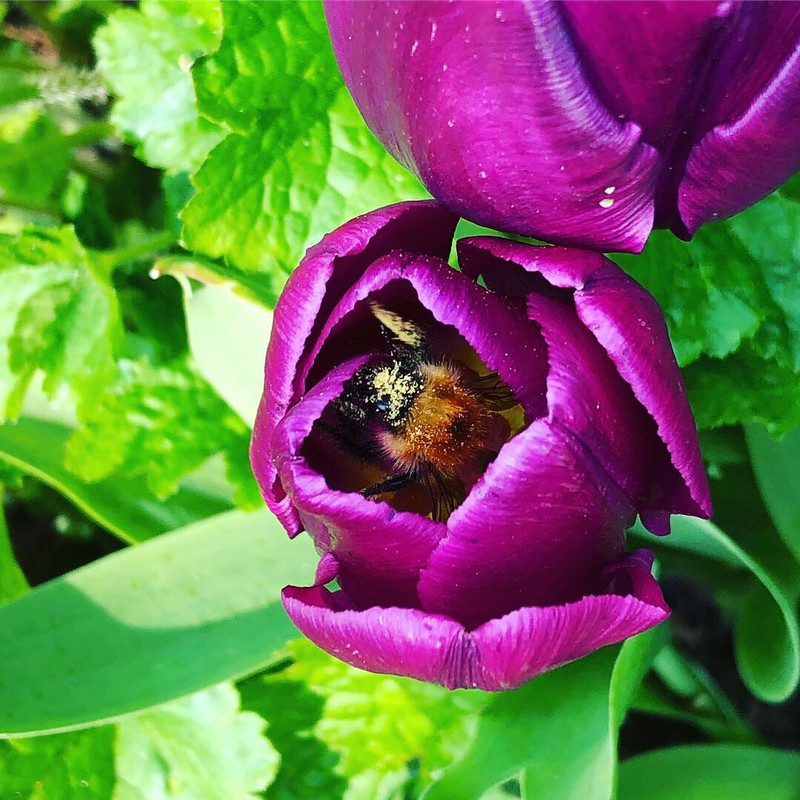
Not all bees live in colonies. In fact, the most effective pollinators are the so-called solitary bees, which account for over 260 species of bee in the UK. Building a house for these essential insects is an excellent way to boost local pollination and increase biodiversity.
If you don’t want to buy a ready-made house, the easiest way is to get some bamboo canes, chop them into 150mm lengths and repeat until you have a bundle of around 50 sticks. Tie, glue or pack them together into an appropriately sized wooden box and place it somewhere in full sun about 1m off the ground and protected from the rain.
5. Try organic pest control
As the cautionary nursery rhyme “There was an old lady” teaches us, there is always a solution to getting rid of a pest by introducing another animal.
Instead of spraying pesticides and herbicides, which indiscriminately kill everything they come into contact with, try using natural predators to solve your problems. Ladybirds can gobble up greenflies, and hedgehogs can keep slugs and snails under control - and who doesn’t want a garden patrolled by those cute and spiky creatures?
Plants can also look after themselves. Species like lavender, rosemary and chrysanthemums have evolved as natural pest repellents; seeding them throughout your garden will help to repel unwanted insects without harming them or causing collateral damage.
6. Create a deadwood pile that bugs will love
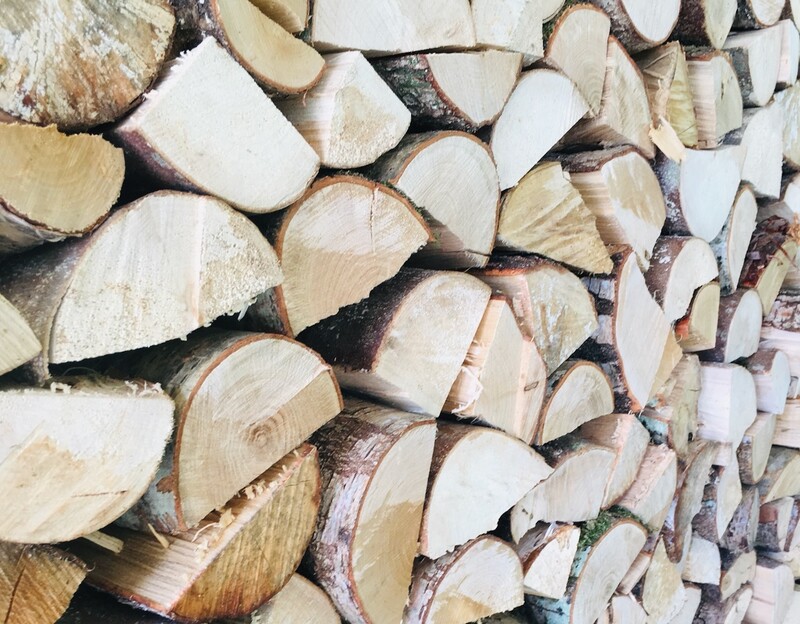
Cute, fluffy bees may spring to mind when you think of a wild garden, but there are countless other insects that also play a huge role in maintaining the biodiversity of your garden.
An easy way to support the creepy crawlies is to build a deadwood pile. The bugs will thrive in the dark, damp, rotting conditions and, in doing so, contribute to the health of your garden.
It couldn’t be easier. Stack a pile of wood somewhere secluded in your garden that won’t be disturbed. Partially bury the bottom row so delicious rot and decay set in quickly and attract a multitude of bugs who will readily make it their new home.
7. Attract bats
And on the subject of pest control, did you know that a single bat can eat thousands of insects in one night? You can install a bat box on a mature tree or the side of your house to give them a safe place to roost.
8. Create a hedgehog highway

Hedgehogs are in serious decline in the UK, partly because they can't roam far enough to find food and mates. If you want to encourage them in your garden, make sure they can get in, and crucially, get out.
Cut a small hole at the bottom of your fence or dig a channel underneath it. This connects your garden to the wider neighbourhood, giving them the space they need to thrive and helping them escape from gardens with cats or dogs.
9. Grow your own food
Planting fruit, vegetables and herbs not only benefits your household but also supports biodiversity. Flowering herbs like thyme, chives and rosemary are especially attractive to pollinators, while fruit trees provide both blossom and food. Growing your own also reduces reliance on supermarket produce, which can help lower your carbon footprint.
10. Harness water with a water butt
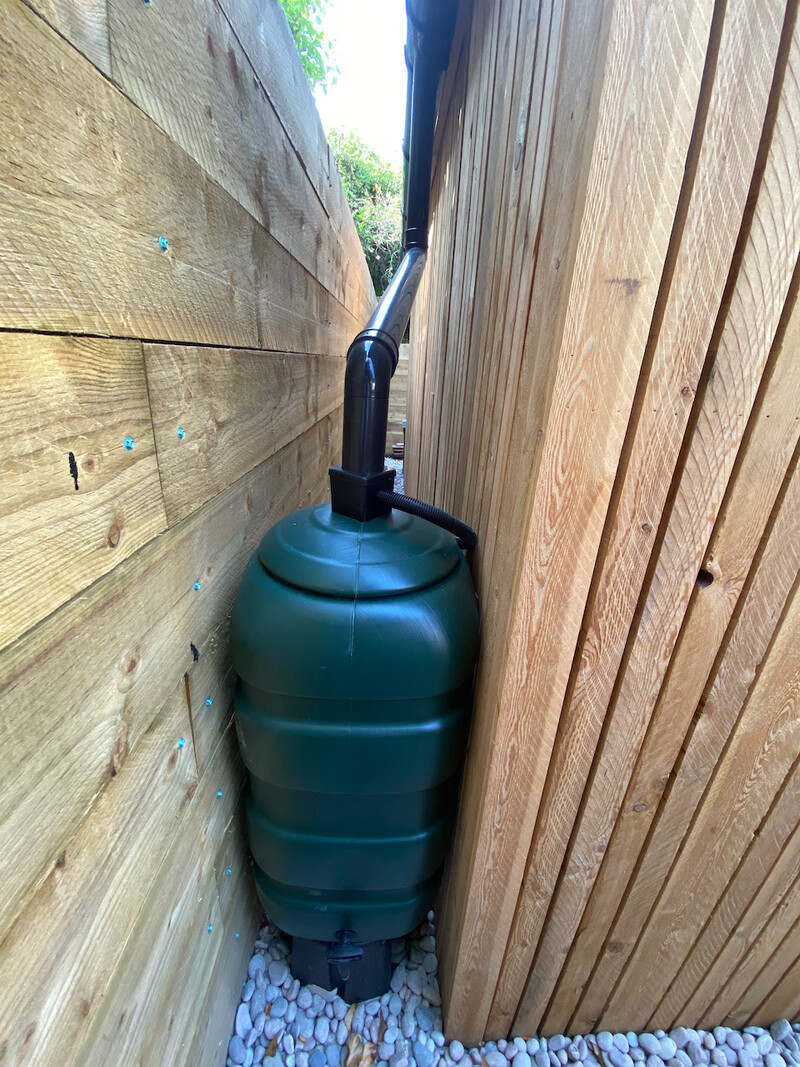
One of the easiest ways to reduce the need for a hosepipe is to install a water butt. You can add a simple adaptor to the downpipe of your house, garage or garden room, and use it to water plants or fill up a birdbath. They fill up pretty quickly (in Scotland, that is!). It’s an incredibly simple and cost-effective solution to an increasing climate challenge.
11. Reduce light pollution
Bright artificial lighting can disorient nocturnal creatures. Use outdoor lights only when necessary and consider putting them on a motion sensor. Choose warm, downward-facing lights to minimise sky glow.
12. Living sedum roof
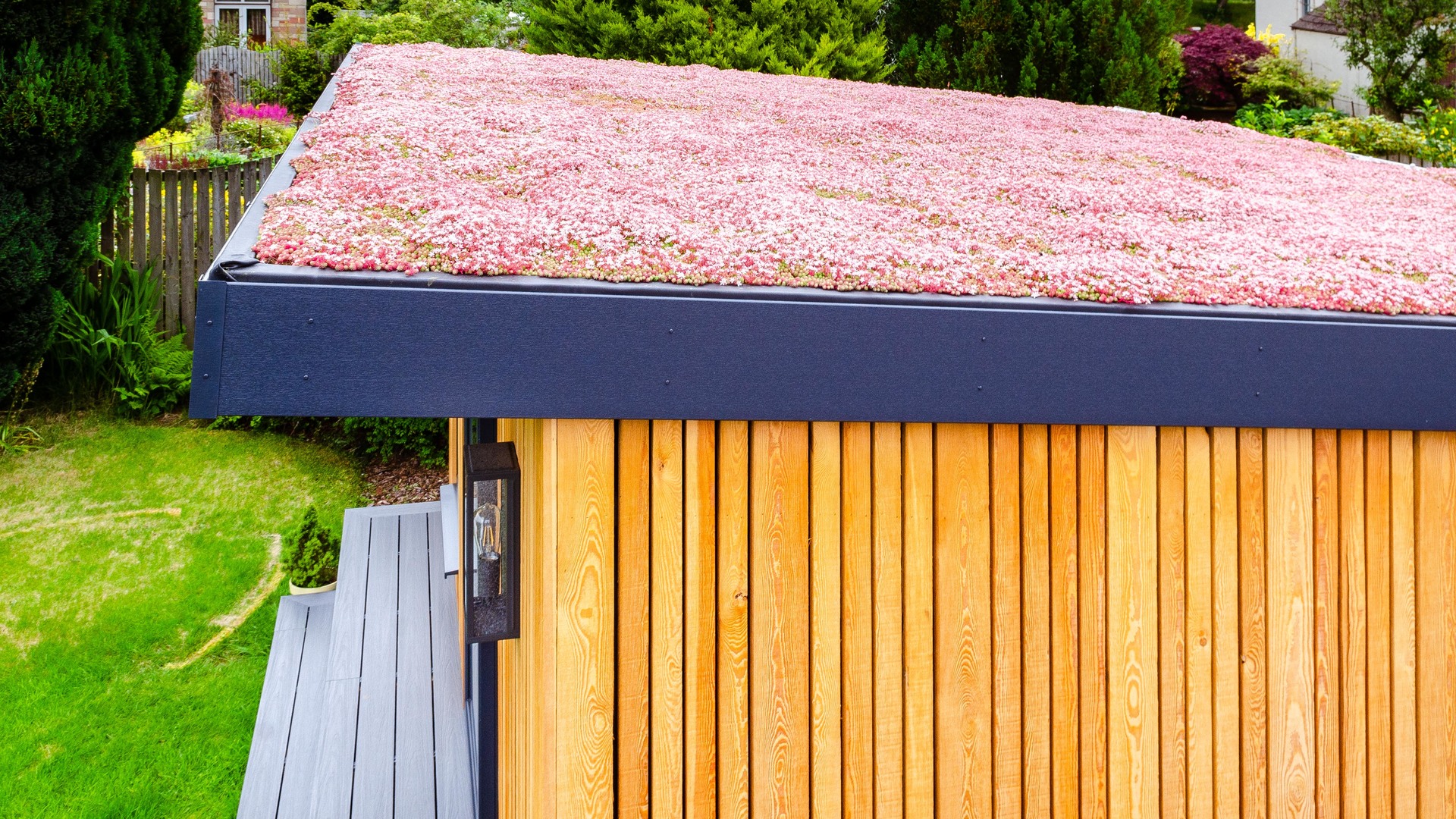
An option available for our beautiful garden rooms is the installation of a sedum green roof.
A sedum roof is a living mat of vegetation that is lightweight, cost-effective, easy to install and virtually maintenance-free, so you won’t have to drag your lawnmower on top of the garden room.
We use Evermat Sedum Blanket, which is exclusively grown on the shores of the Irish Sea. Weather-beaten from day one, the blend of 9 varieties is grown to endure the harshest weather conditions that our Scottish climate can throw at it, ensuring an extra tough, easy-care Sedum Blanket System. It's a simple way to make an attractive feature that ties the room to the garden.
And of course, adding a sedum blanket system to your roof provides an all-important natural habitat for insects and bird life to flourish.
